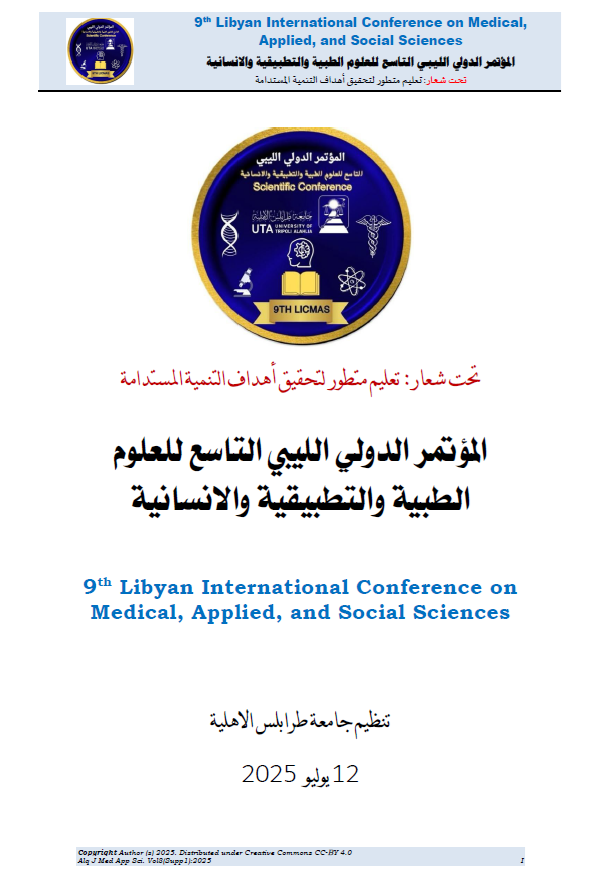Utilizing Archaeological Sites for Sustainable Development: A Historical-Archaeological Study of the Management of Libyan Heritage Sites (Al-Azizia Palace as a Model, 1838–1975)
DOI:
https://doi.org/10.54361/ajmas.253S03Keywords:
Palace, Al-Aziziya, Sustainable Development.Abstract
Libya's archaeological sites are among the most prominent pillars of its cultural identity; however, their role in supporting the national economy remains limited. This study aims to analyze the potential for revitalizing the Al-Aziziya Palace (1838–1975) as an effective model for economic development through an integrated historical, administrative, and archaeological perspective, given its symbolism and significance. The study adopts the historical method to trace the development and functions of the palace, and the descriptive-analytical approach to assess its current state, in addition to conducting a SWOT analysis to propose a comprehensive development model. The findings reveal that the site possesses historical and architectural potential qualifying it to become a cultural, touristic, and economically valuable center once again. However, the lack of effective management hinders the realization of these ideas. The study recommends developing a reconstruction plan, activating partnerships with the private sector, and integrating the site into tourism routes to enhance its developmental role. This study represents a model for utilizing cultural heritage in achieving sustainable development in Libya.
Downloads
Published
How to Cite
Issue
Section
License
Copyright (c) 2025 Tawfiq Farajallah, Muhammad Ahmeida, Dalal Al-Suri

This work is licensed under a Creative Commons Attribution 4.0 International License.














